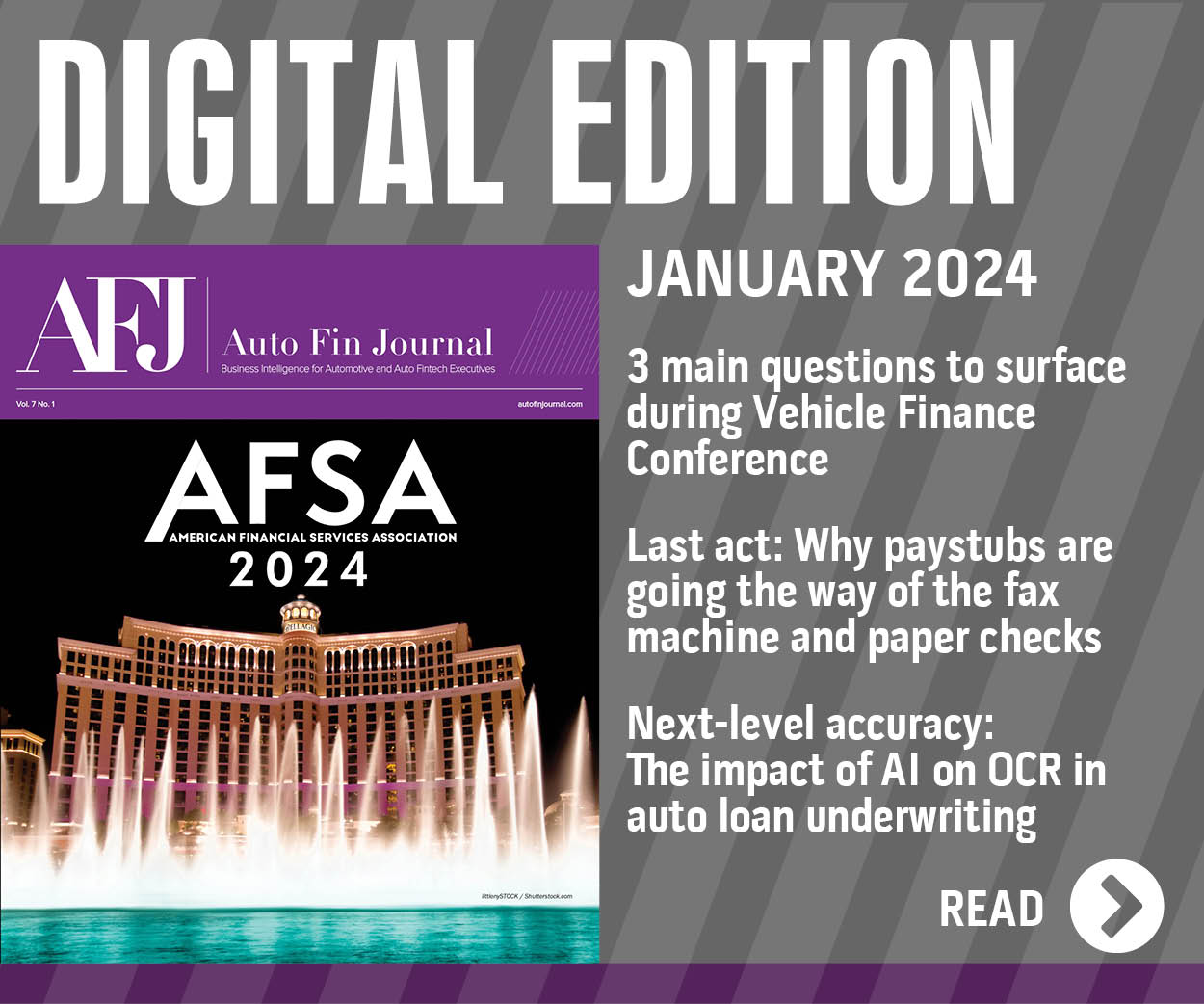Cox Automotive whitepaper identifies rub over accurate dealer pricing

Dealers probably know this sequence all too well. A walkaround and test drive of a vehicle both went well, and the financing process advanced to the point where the potential buyer sees what the monthly payment could be.
Then customers recoil, become frustrated and perhaps even leave the showroom, turning into a dreaded “be back.”
With that scenario in mind, Cox Automotive’s Rates & Incentives Group (CAR&I) released a new whitepaper on Friday, pinpointing a lack of transparency and accuracy in the pricing and payment negotiation process as a main cause of friction between dealers and consumers that can derail a deal.
With vehicle prices and interest rates rising and consumer affordability declining, CAR&I emphasized dealers can’t allow any details to slip through the cracks. It’s why the Cox Automotive division generating the whitepaper titled, “Optimizing Rebates & Incentives for Consumer Digital Retailing Experience.”
According to the 2018 KBB.com Incentives Survey, only 24 percent of shoppers are fully aware and researched all incentives. Historically, Cox Automotive acknowledged transparency into consumer incentives has varied. Changing customer expectations and shopping behaviors now make full transparency required, according to CAR&I.
Today, more automotive dealer service providers (DSPs) are moving the process of applying incentives from a dealer practice to a consumer-centric experience through digital retailing tools. With these new tools, customers can confidently research and price a specific vehicle with the incentives and conditional offers applied — all without entering a dealership.
But CAR&I stressed the success of the deal, however, relies on the accuracy of a dealer’s data within the DSP application.
Utilizing a methodology developed by CAR&I, this new whitepaper analyzes the accuracy of the data used to calculate pricing and payment information presented through DSP tools. In the study, CAR&I compared APRs, cash and conditional incentives through these various tools for seven new vehicles in the East Coast and West Coast markets.
The analysis looked at data from three competitive incentive providers, including CAR&I.
The study found significant variations across the three providers, ranging from $0 to $6,750 in pricing for the same vehicle, resulting in monthly payment fluctuations up to $122 per month for 60 months. The analysis also showed that both unnamed vendors incorrectly applied incentives for two vehicles, resulting in $500 to $750 in overstated incentives applied incorrectly costing dealers valuable margin.
CAR&I emphasized these disparities have wide-ranging consequences for dealers, including a loss of credibility in pricing as well as a loss on deals and profit. Paper authors said it’s not just that consumers might walk away from one purchase. It can affect repeat purchases and referrals, too. Pricing information must be perfect for digital retailing to build trust and transparency, and to improve the customer experience. This also means making accurate pricing available online.
“If DSP application incentive tools aren’t spot-on, the pricing information given to consumers is also inaccurate. If incentive and rebate data isn’t accurate, the whole deal can be sunk,” said Brad Korner, general manager for CAR&I. “Dealers in this hyper-competitive auto retail landscape can’t afford to have less-than-perfect pricing data. That can result in unhappy consumers and lost business.”
CAR&I pointed out that rebates and incentives also continue to play a major role in generating demand and sales for many brands.
Approximately 94 percent of new vehicles sold have a financial incentive applied to the transaction (purchase, finance or lease) which requires accuracy for dealers presenting pricing and payments to their online shoppers, according to Cox Automotive.
CAR&I went on to stress that sharing full coverage of all OEM incentives, and allowing consumers to see what they qualify for, builds trust in the process. It also provides necessary information to inform the buying journey.
The full whitepaper on “Optimizing Rebates & Incentives for Consumer Digital Retailing Experience” is available here.

 View The Latest Edition
View The Latest Edition

